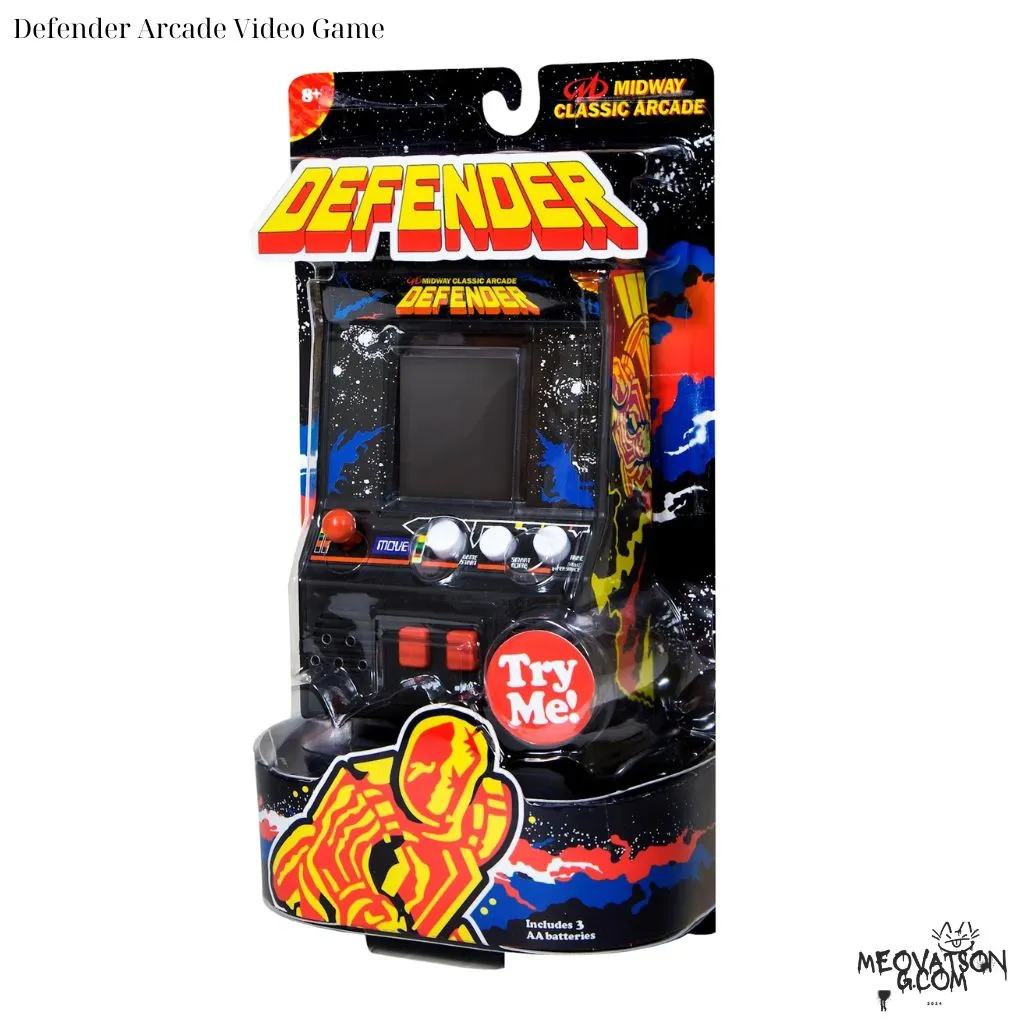Christmas Sledge Rider 3D
Published on December 11, 2024
Defender, developed and released by Williams Electronics in 1981, stands as one of the most iconic and influential arcade video games of the early 1980s. Known for its challenging gameplay, innovative design, and pioneering use of scrolling backgrounds, Defender helped define the shoot ’em up genre and left a lasting impact on the arcade gaming industry. This essay delves into the history, gameplay mechanics, design elements, and cultural significance of Defender, highlighting why it remains a beloved classic.

Defender Arcade Video Game
Defender was conceived by Eugene Jarvis and Larry DeMar, both of whom were engineers at Williams Electronics. The development of the game began in 1980, during a time when the arcade industry was experiencing rapid growth and innovation. Jarvis, inspired by earlier arcade hits like Space Invaders and Asteroids, aimed to create a game that would push the boundaries of what was possible in arcade gaming.
After several months of development and playtesting, Defender was released in arcades in early 1981. It quickly gained popularity due to its challenging gameplay and impressive graphics, becoming one of the top-grossing arcade games of the year.
In Defender, players control a spaceship tasked with defending humanoids on the planet’s surface from waves of alien invaders. The primary objective is to protect the humanoids from being abducted by the aliens while simultaneously destroying the alien attackers. The game is played from a side-scrolling perspective, which was a relatively new concept at the time and contributed to its unique appeal.
Defender features a complex control scheme that includes a joystick for movement and five buttons for various actions: thrust, fire, reverse, smart bomb, and hyperspace. This intricate setup requires players to master precise movements and quick reflexes, adding to the game’s difficulty and depth.
The game features a variety of enemy types, each with distinct behaviors and attack patterns. These include:
The increasing difficulty of each wave, combined with the need to manage multiple threats simultaneously, makes Defender a highly challenging and engaging game.
Defender’s graphics were groundbreaking for its time, featuring detailed sprites and smooth scrolling backgrounds. The game’s vibrant colors and fast-paced action were visually striking, drawing players to the arcade cabinets. The scrolling terrain added a sense of depth and immersion, making the gameplay experience more dynamic.
The sound design in Defender also played a crucial role in its appeal. The game features a range of sound effects, from the distinctive firing sound of the spaceship’s lasers to the alarms that signal a humanoid abduction. The audio cues provide important feedback to the player, enhancing the overall experience.
Defender introduced several innovative concepts that would influence future arcade games. The use of a scrolling background was a significant advancement, providing a larger and more immersive play area compared to the static screens of earlier games. Additionally, the complex control scheme and strategic gameplay elements set a new standard for depth and challenge in arcade games.
Defender’s success helped solidify the shoot ’em up genre and demonstrated the potential for more complex and challenging arcade games. It influenced a generation of game developers and led to the creation of numerous sequels and clones, cementing its place in gaming history.
Defender has been recognized as one of the greatest video games of all time by various gaming publications and organizations. Its challenging gameplay, innovative design, and lasting impact on the industry have earned it a place in the pantheon of arcade classics.
The game has been ported to numerous home consoles and computer systems, ensuring that new generations of gamers can experience its challenging and addictive gameplay. Additionally, Defender has been featured in various video game compilations and retro gaming collections, further cementing its legacy.
Defender remains a seminal title in the history of arcade video games. Its innovative gameplay mechanics, challenging difficulty, and groundbreaking design have left an indelible mark on the industry. As a pioneering example of the shoot ’em up genre, Defender continues to be celebrated and enjoyed by gamers worldwide, more than four decades after its original release. Its influence can be seen in countless games that followed, making it a true classic that helped shape the landscape of arcade gaming.